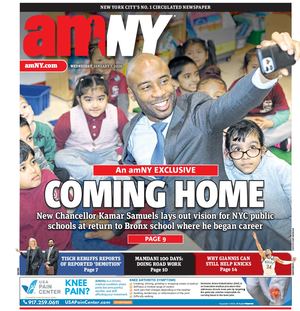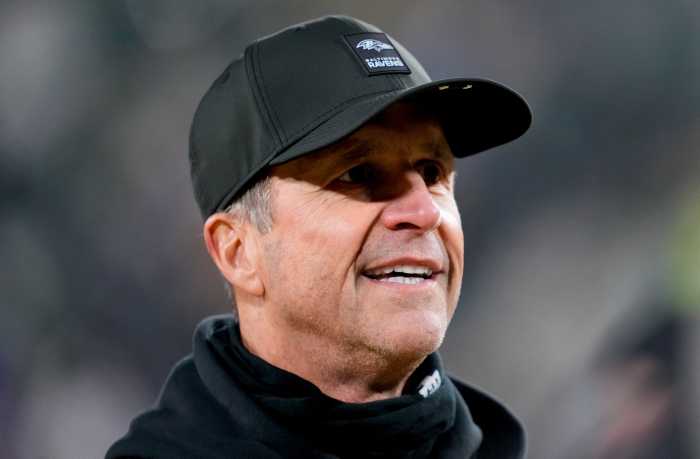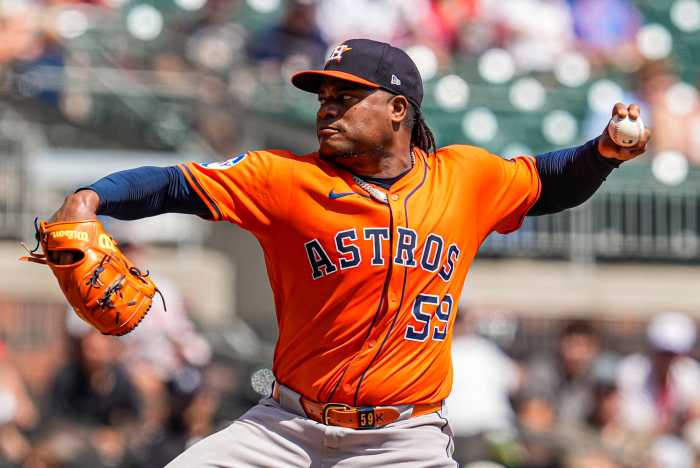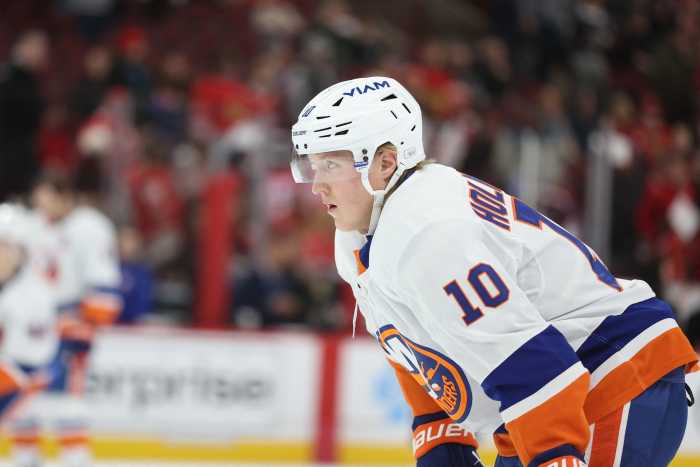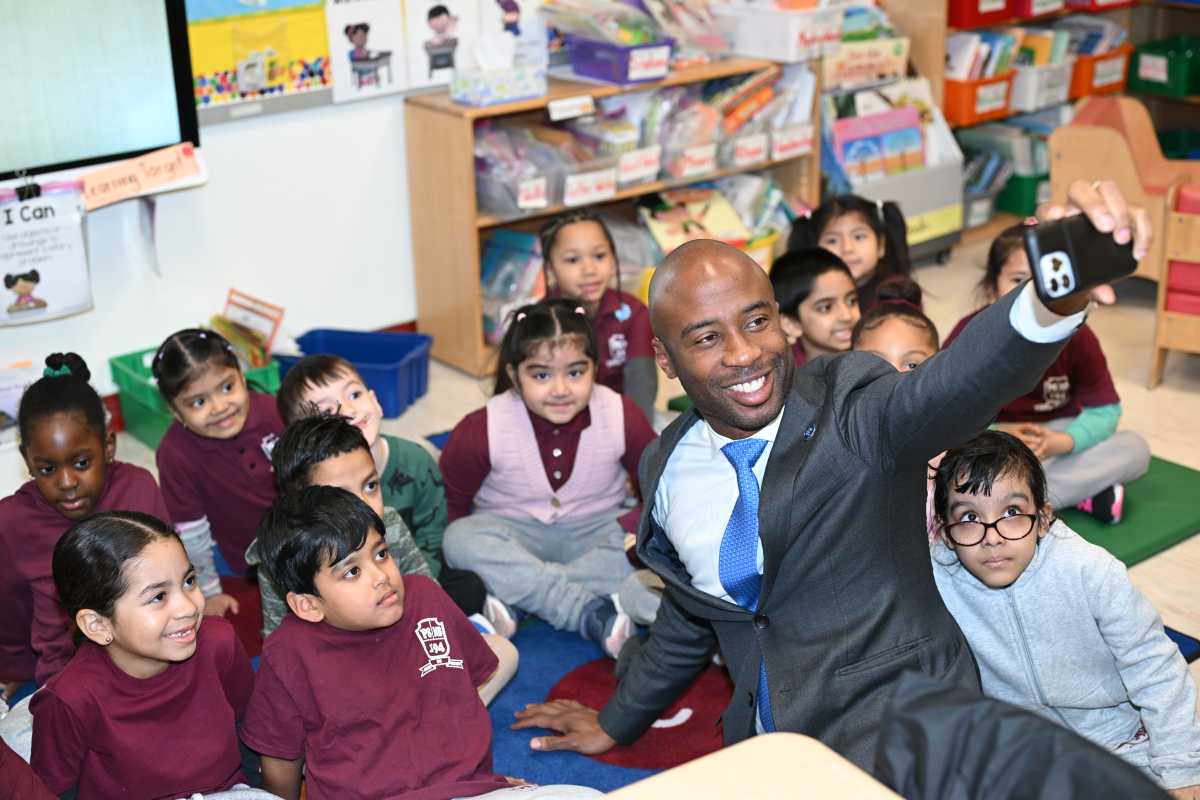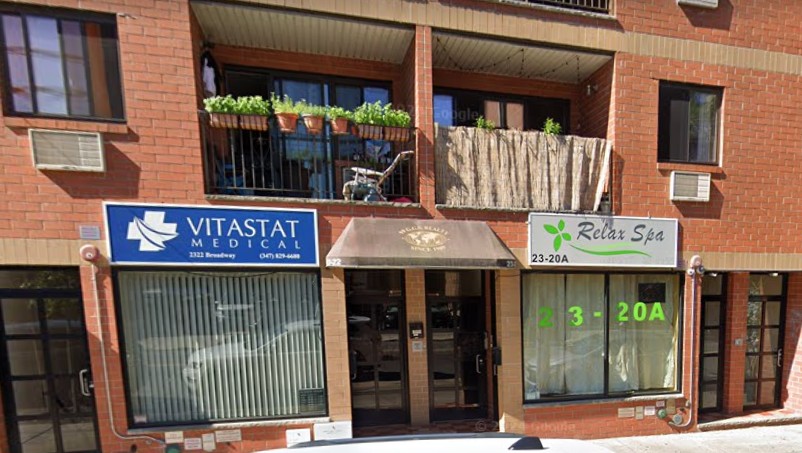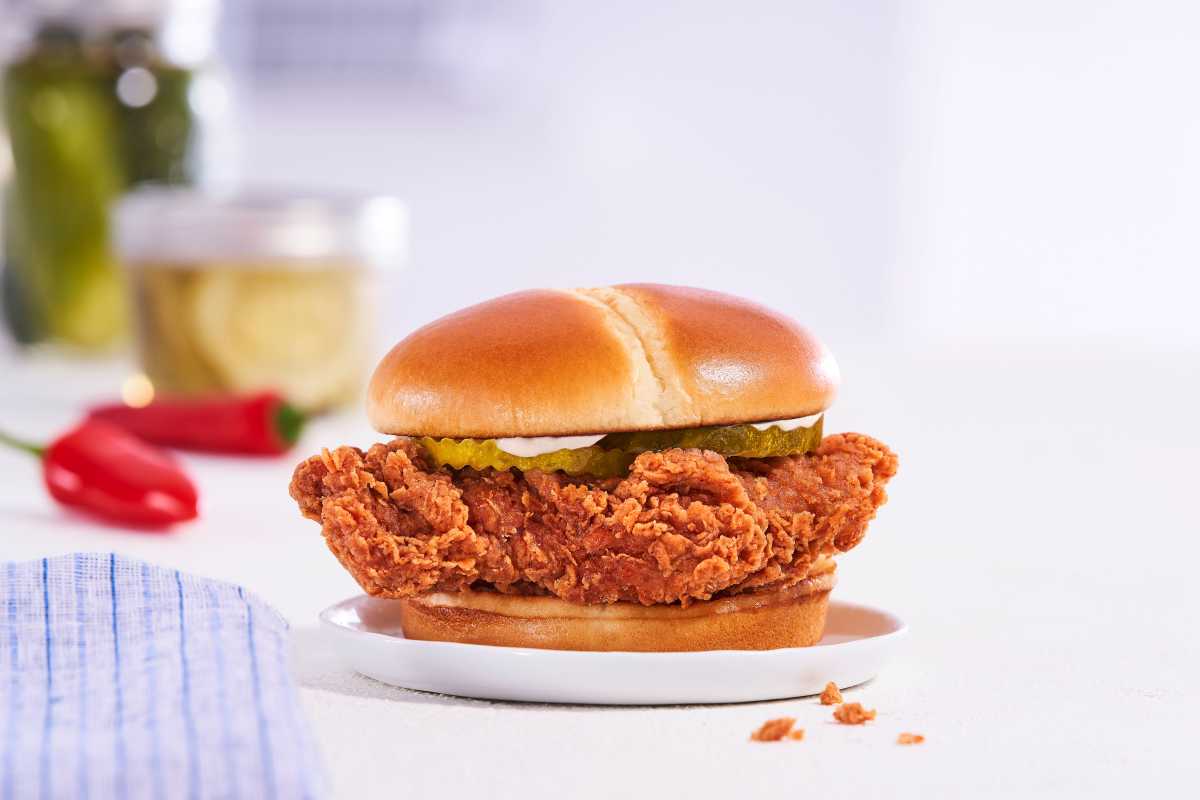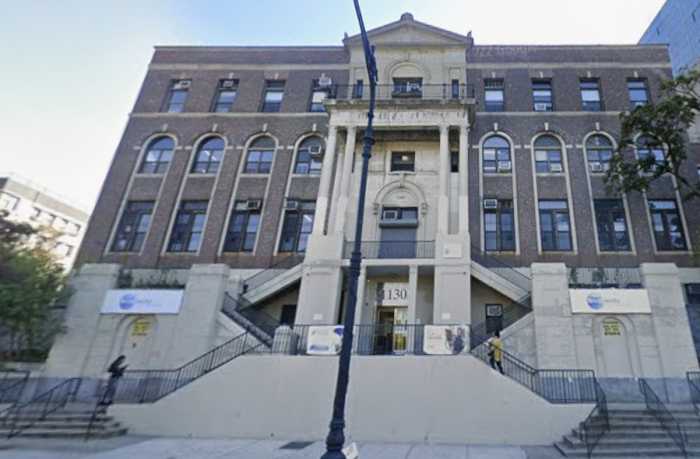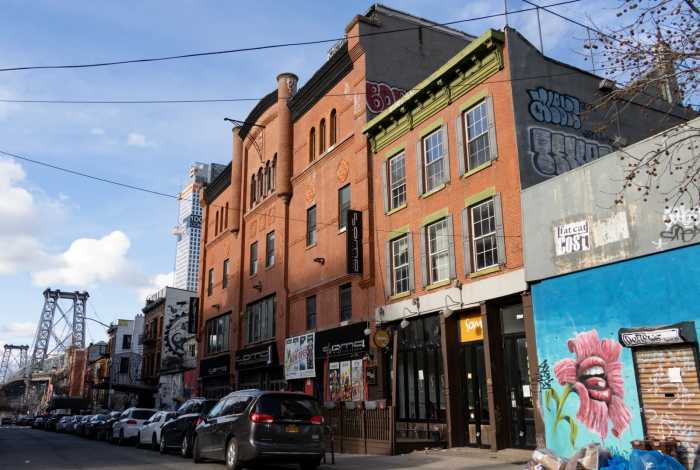New Yorkers and tennis fanatics spend a pretty penny to watch some of the world’s best Tennis.
Would you like to sit courtside at Arthur Ashe on September 8th to watch this year’s winner hoist the trophy? Be prepared to spend upward of $20,000 (!).
But there is a group of people who don’t have to pay to experience the tournament—rather they get paid to be there. To be courtside, nonetheless. They have to work for it, however.
I’m talking about the US Open’s ball crew. For three weeks, the members of the ball crew will get to watch phenomenal tennis—on the court—while helping each match play out seamlessly.
The U.S. Tennis Association (USTA) held tryouts on June 21st and 23rd in search of members for this year’s ball crew. Five hundred people showcased their talents at Billie Jean King National Tennis Center in Flushing, Queens in an attempt to become a member of this year’s ball crew. The lucky 500 were handpicked from more than 1,400 applicants.
Those selected for the tryout check in at a table and are given a bib with a number and a complimentary US Open ball crew t-shirt to wear.

A long line forms outside the gates of the tennis complex’s practice courts while the candidates await their chance to be seen. Prospective ball crew members are ushered onto one of the five courts by USTA staff when their time has come and others have completed their tryout.
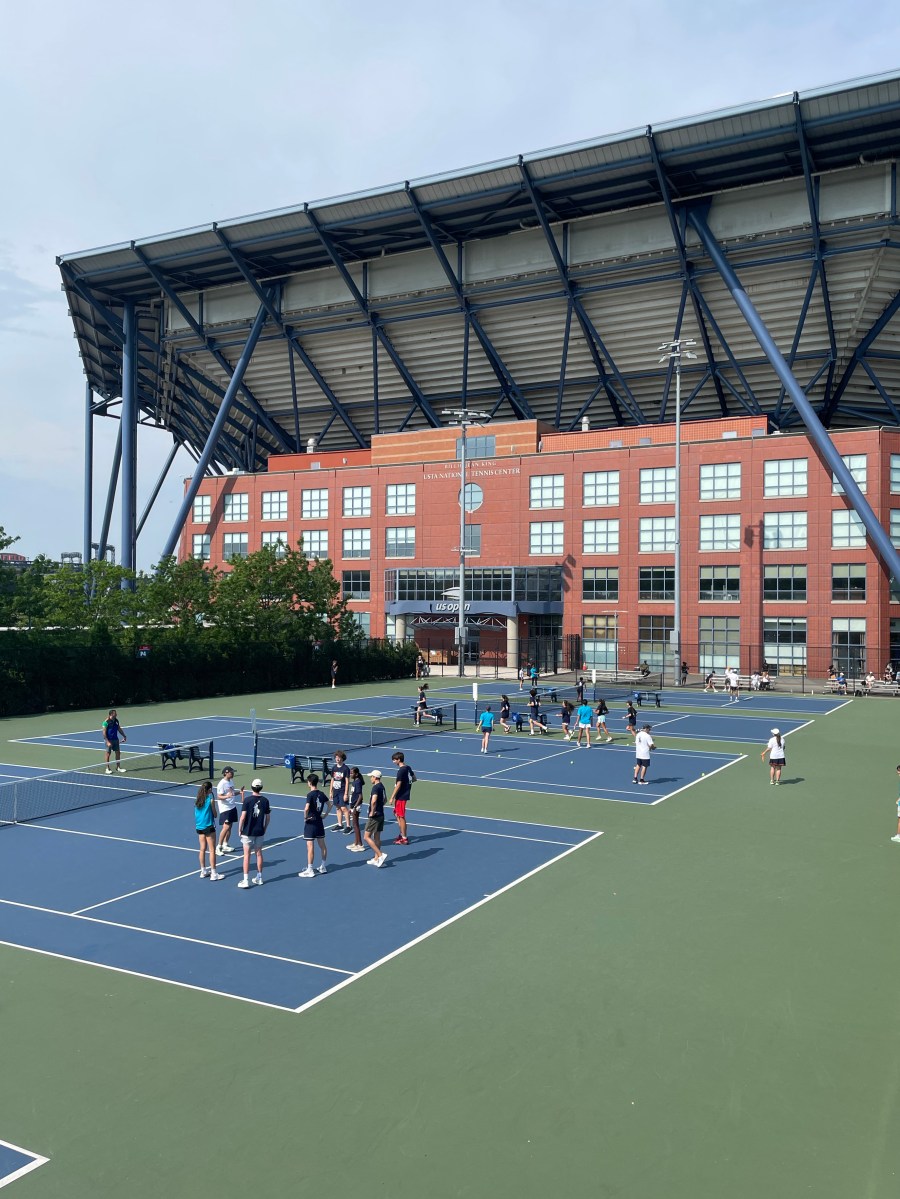
Each prospect spends 20 to 30 minutes on-court performing different tests to display skills essential for being a member of the ball crew. They execute line drills; which entails running to and fro both sidelines while picking up tennis balls as fast as possible. This is to demonstrate a participant’s agility and speed; a major factor in deciding who is ball crew worthy. There are catching and bouncing drills to test one’s hand-eye coordination and ability to adequately execute these motions during matches. They are also tested on their rolling and fielding abilities to see if these actions can be done flawlessly, consistently.
Further, they are observed for their attentiveness to the match and their knowledge of the sport. Since the ball crew is not able to communicate verbally with one another during the match, they must be able to be on the same page at all times and communicate with nonverbal cues.
For example, a ball crew member signifies they have no balls in their hands by holding their hands out to the side, with their palms out to say they need some. If they do have balls, they will hold them in the air and show other crew members, and the players, how many they have. All crew members must be ever-aware of each other to create a match that operates to perfection.
Each prospect is watched meticulously by members of the USTA staff. It is their job to select a ball crew that will make the tournament go as smoothly and efficiently as possible.
Once all 500 have tried out, only 80 will make it to the courts of the US Open while the rest are told: “Better luck next year.”
Charlie Kengel, a 23-year-old Long Island resident, is returning this year after making the crew in 2022. His love of the game, “great atmosphere” and being around the pros has brought him back. “Being near them and being on the court with them, just, like, you get to learn the sport even more,” said Kengel. Other perks also make the job quite enticing.
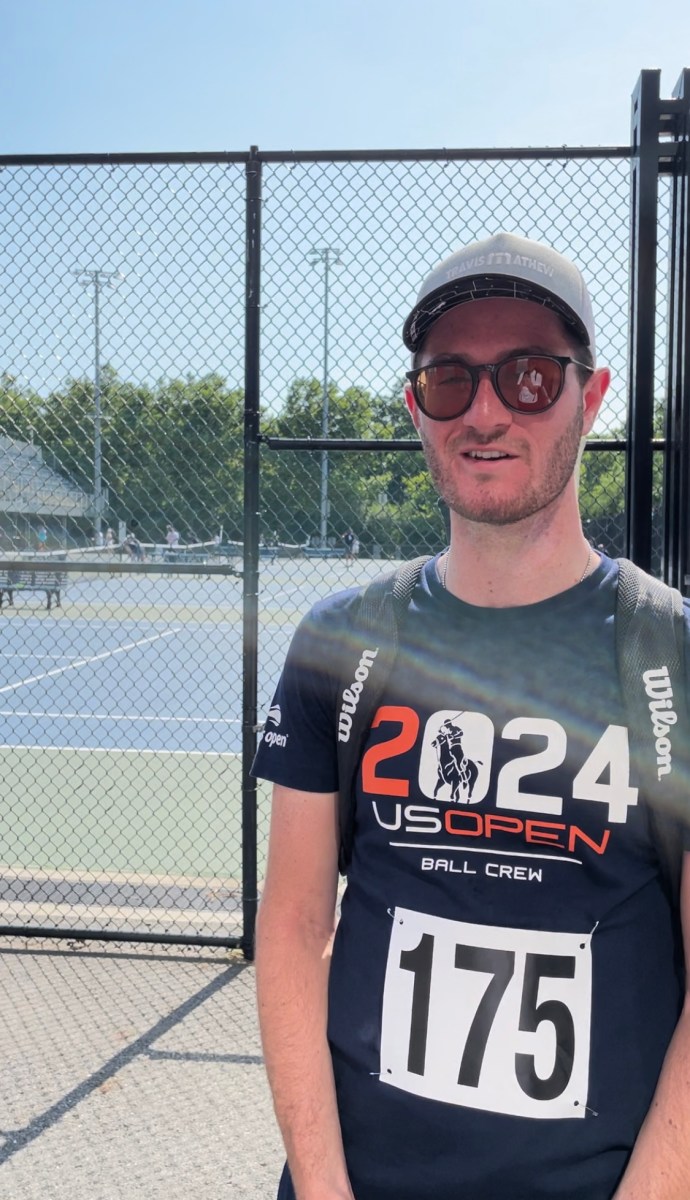
The ball crew earns $16 an hour for the three weeks that the USTA employs them. They are given parking passes, meal vouchers, and a whole lot of exclusive Polo swag which also serves as their uniform. They are decked out in Polo gear from head to toe, literally: Shoes, socks, shorts, shirt, with a Polo cap on top. Kengel wore some of 2022’s Polo gear to this year’s tryout. With cool gear, however, comes plenty of work.
Ball crew shifts work in 90-minute intervals. They spend an hour and a half on-court, then an hour and a half off-court to do whatever they please. They are welcome to sit in and watch matches—something Kengel credits as one of the best parts of the job. Many others, however, use their time off to refuel from chasing balls all over the court. Some take naps in the crew lounge to replenish their lost energy from the Labor Day sun. It may be tiring work, running around in the simmering sun all day, but the ball crew members cherish it.
Katelyn Villacres, a 22-year-old Bayside, Queens resident, has been a member of the ball crew every year since 2018. She has undoubtedly acquired many years of tournament Polo swag, but she thinks the best perk of them all is having the opportunity to be “on the sideline watching history go down.”
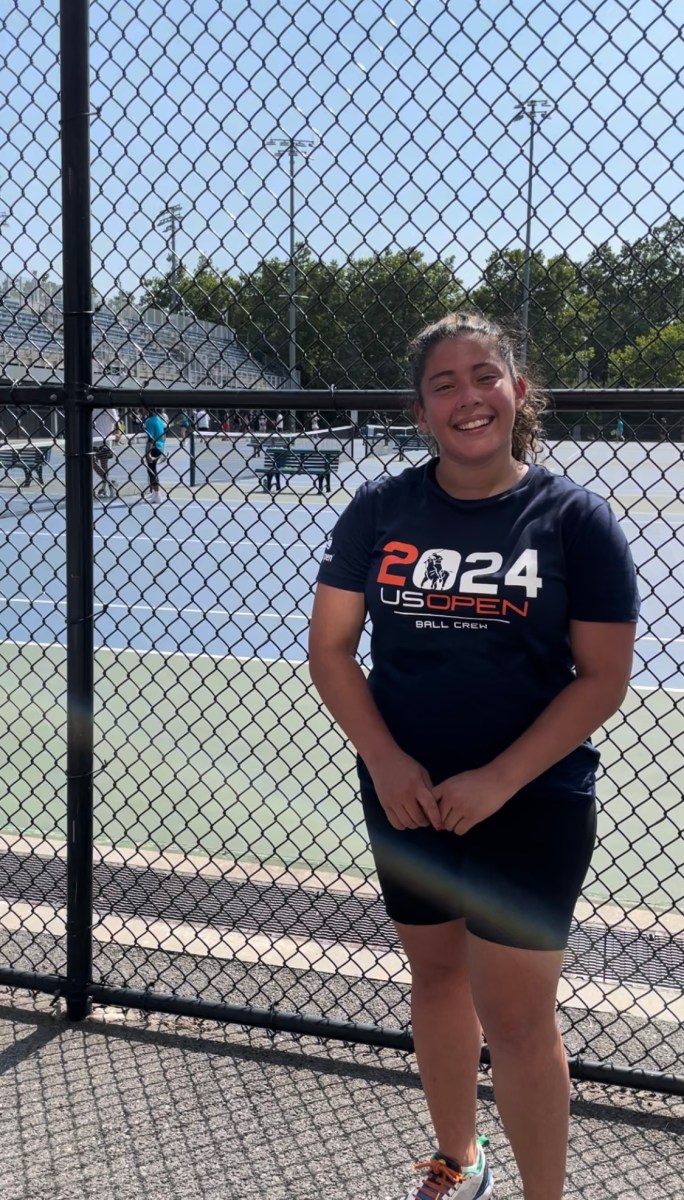
“I remember working a match with Serena Williams and, you know, obviously I can’t talk to her. I can’t say anything but it’s so cool to say I was on the same court as her—that I threw tennis balls to her.”
Being under the lights of one of Tennis’s greatest stages is something a ball crew member will never forget—that’s why they try out for such a competitive role. “Especially when you have those night matches where the crowd is rallying, and you have this crazy match between two players. It’s really unlike anything else you’ll ever experience in your life.”
Read More: https://www.amny.com/sports/tennis/us-open/
